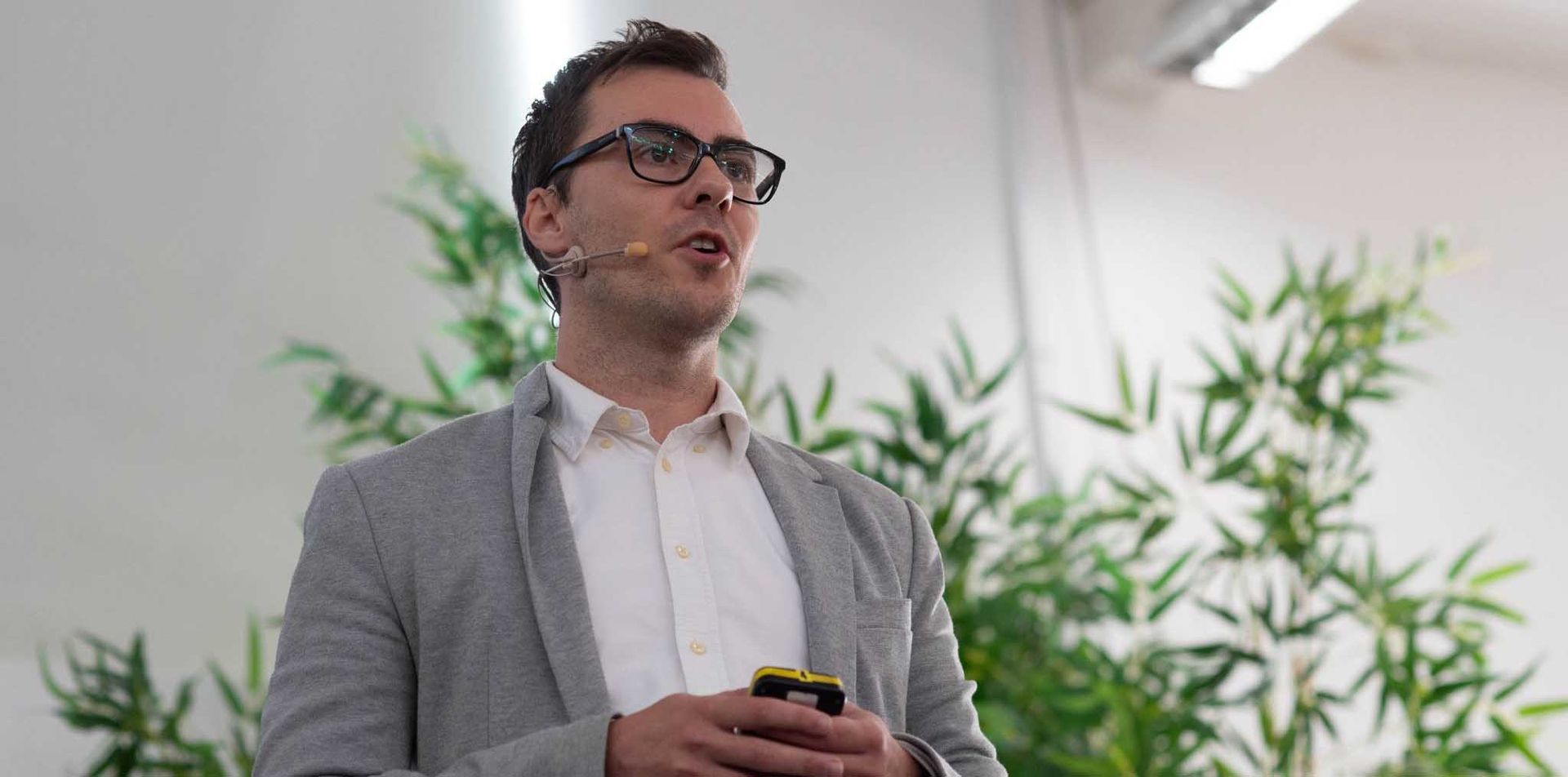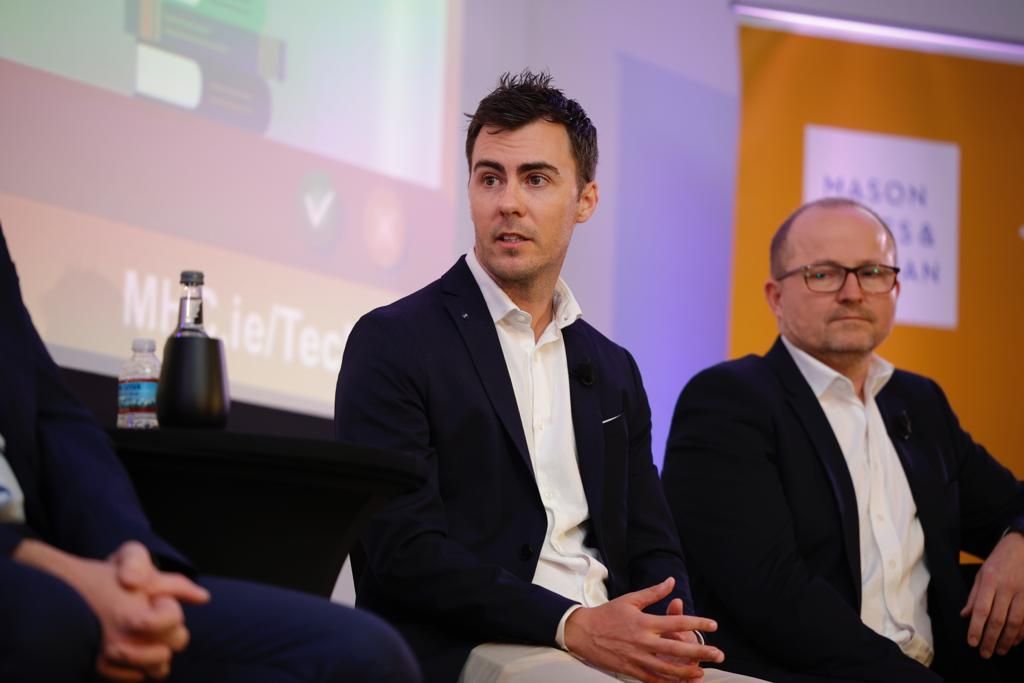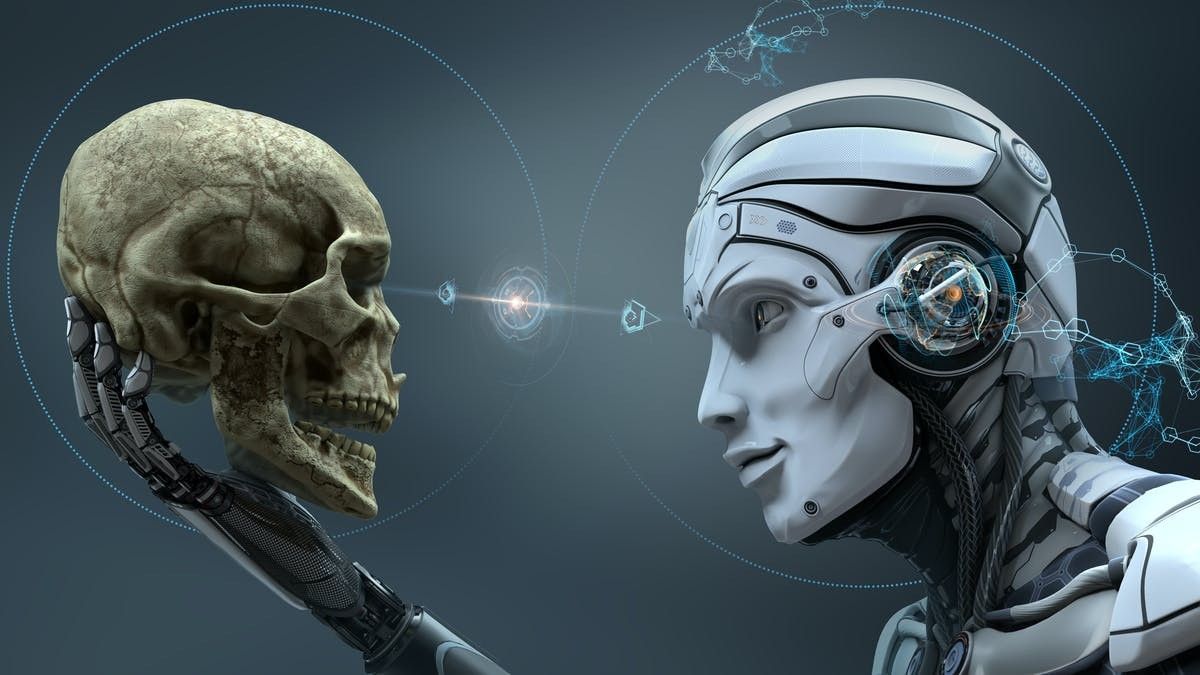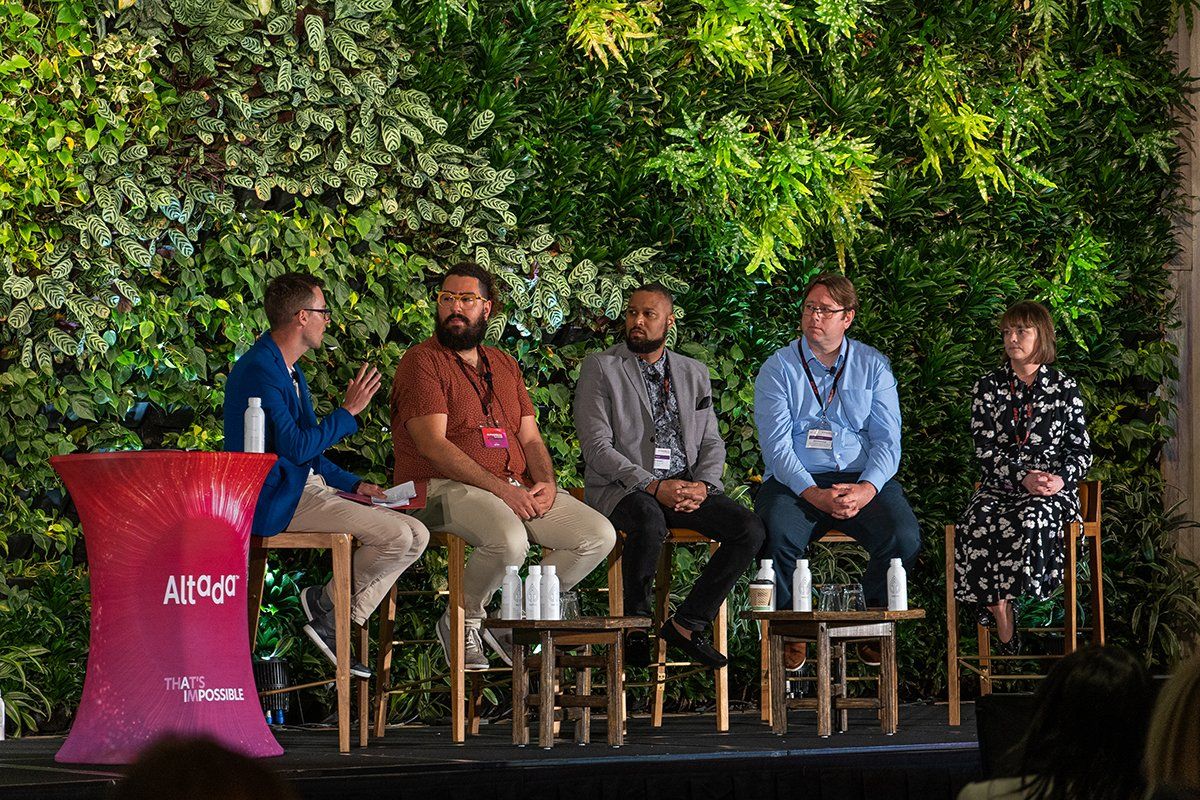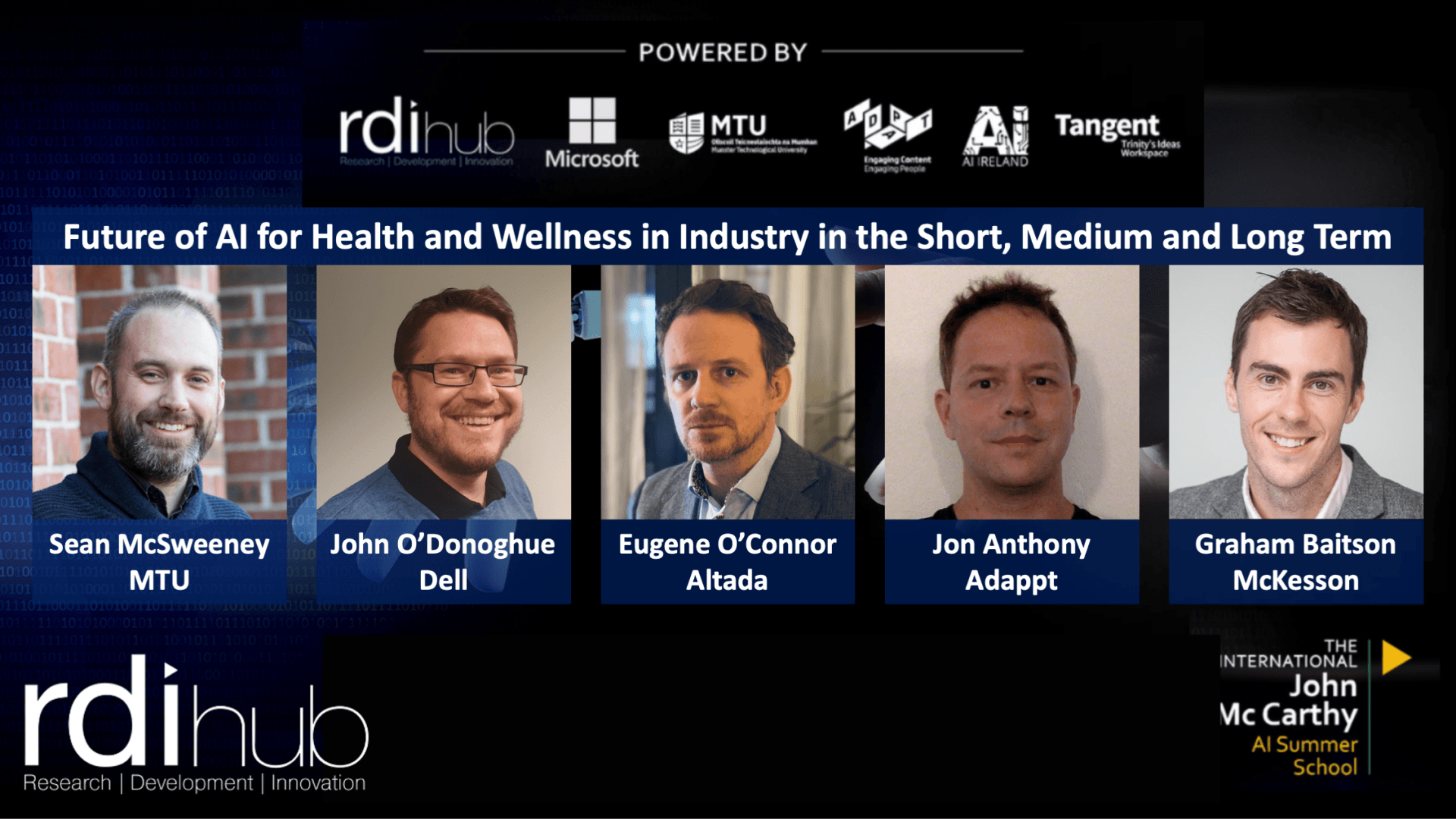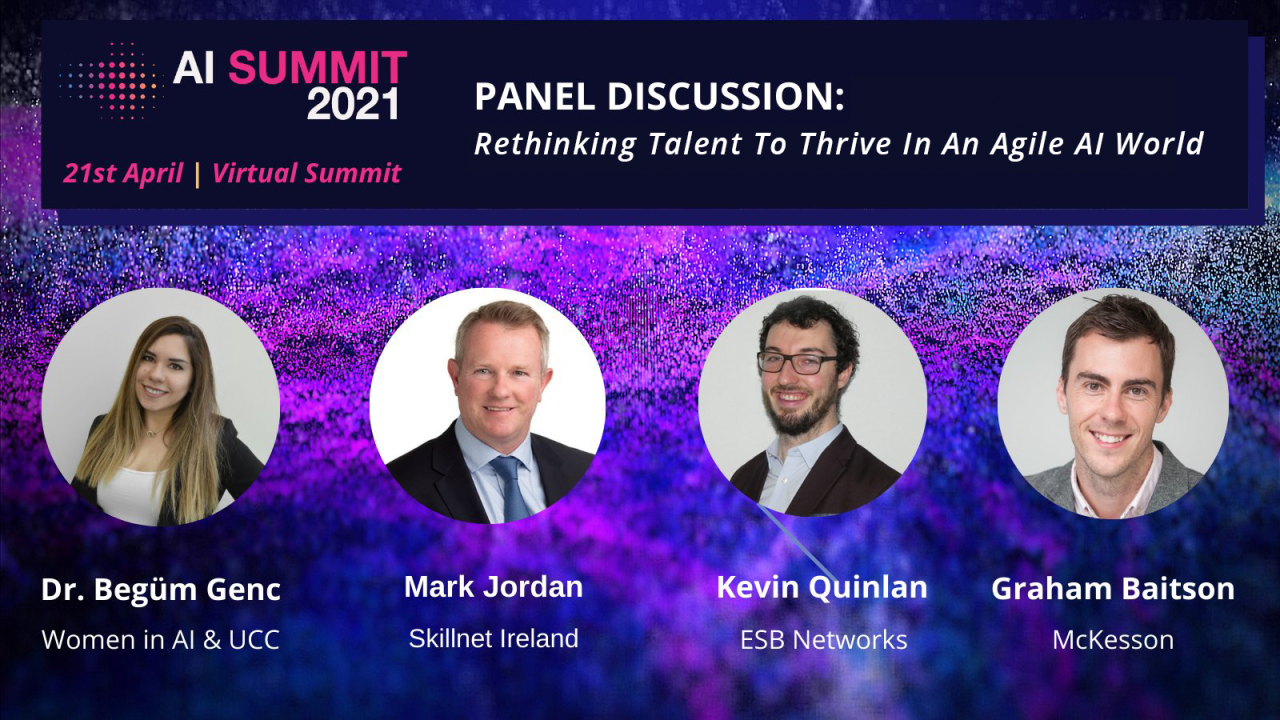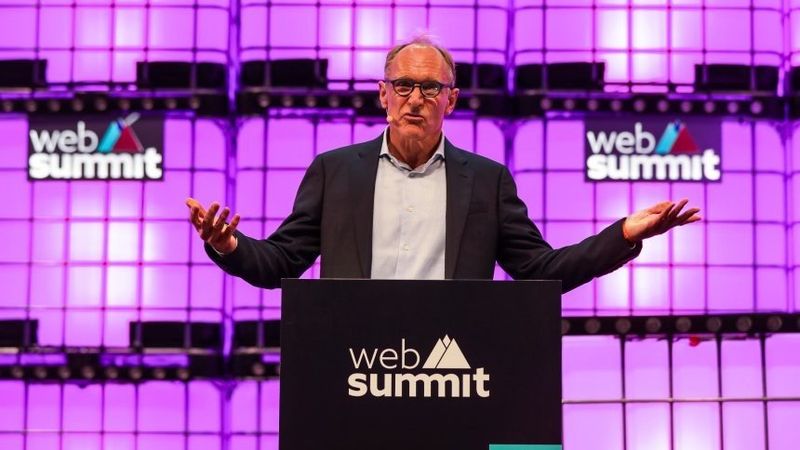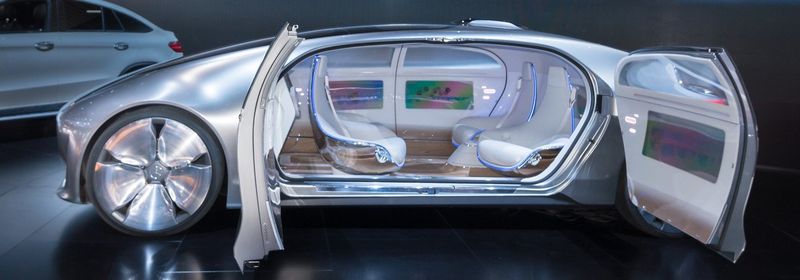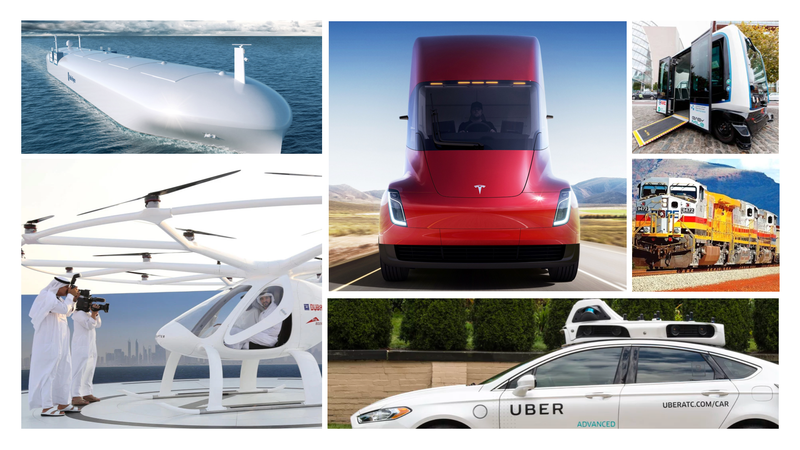Web Summit 2018 - My Best of the Rest
Since I put together my previous article, "Web Summit 2018 - My Top 3 Talks", I have been asked a couple of times about other interesting talks and topics. So I’ve decided to put together two more interesting discussion points that stemmed from talks on the connected world and autonomous transport. All thoughts, views and comments are my own.
Internet / Connectivity
I got talking to a guy in Canada about a phone call he had earlier that day with his nephew. He mentioned to his nephew that he had just come back from a talk by the inventor of the internet. His nephew couldn’t understand what he meant by “the inventor of the internet”. It was impossible for him to imagine a time when the internet did not exist. A time when he wasn’t able to take out his smartphone and WhatsApp his best friend. A time when he did not have access to the world’s information at his fingertips. Thinking about these comments, it’s clear to see how far we’ve come as humans during the last century and how exciting it will be to see how far we can continue to advance with technology over the next 100 years.
Figure 1: Information Source Before the Internet (Trinity College Library, Dublin)
Anyways. Back to Tim Berners-Lee. It was a fantastic moment to see the inventor of the internet speak, or Mr. Internet as I like to call him. THE INVENTOR OF THE INTERNET. Imagine that. One thing I can’t imagine is what it would be like if the internet plug was pulled. Berners-Lee gave an overview of his childhood and it was clear to see that he was destined for a career in computers. His mother was the world’s first freelance programmer and both his parents were part of the programming team that developed the first commercially sold computer in 1951. So his environment was very much focused on the potential of computers, “It was obvious to us growing up how incredibly exciting it was” (The Guardian, 2018).
“All computers are the same, what you do with them is up to you and your imagination” - Tim Berners-Lee
Berners-Lee concluded by putting an emphasis on the importance of teaching kids the possibilities of a career within computers. He recommended that kids should be exposed to a variety of knowledge, skills and beliefs, all of which will be needed as we aim to solve the future of the world’s most challenging problems.
Figure 2: Tim Berners-Lee at Web Summit 2018
Autonomous Vehicles
Imagine the scene, your best friend is getting married. You’ve woke up late and you’re now scrambling to make it to the church on time. Just when you need a bit of luck, there’s no parking spaces in the church car park. You now continue to spend the next 20 minutes looking for the closest space to park. You then scamper across to the church, shielding from the rain as much as possible. Resembling someone who has been dragged through a hedge backwards, you arrive in the back door of the church and make your way inside. It’s too late. Your best friend catches you with a look of disgust. A set of daggers that will stay engrained in your mind for the near future. You are late for the biggest moment of her life. Will she ever forgive you??? Whoa, hang on. Now this is a pretty extreme case. But now imagine, you’ve woke up late. You grab your attire and your toiletries and you head out to your car. You check your social media feed while straightening your dickie bow. The car pulls up outside the church just in time for you to catch the big moment. The car chauffeurs itself back to park snugly in the driveway and awaits your call to pick you up. Wait. What???
Figure 3: Driverless Car of the Future
That’s right, you heard me correctly. The who’s who of everyone is competing to put their stamp on the drive towards an autonomous future. From trains, planes and automobiles, all the major automakers are working on their piece of the autonomous vehicle pie. In September 2017, Volocopter, a German drone firm, staged a test flight in Dubai for what is said to be the first drone taxi service. CEO, Florian Reuter, stated that a user would use their smartphone app and order a Volocopter to the nearest voloport (New York Post, 2017). In July 2018, the Rio Tinto achieved a significant milestone by becoming the first autonomous train to deliver iron ore. Operators more than 1,500 kms away remotely monitored the autonomous train as the 28,000 tonnes of iron ore travelled over 280 kms (Rio Tinto, 2018). In September 2018, Ireland got in on the action by debuting its first fully autonomous bus, which ferried passengers across Dublin’s city centre (Independent, 2018). We are even seeing autonomous vessels making waves in the race to autonomy. Rolls-Royce have partnered with Intel to utilise an intelligent awareness platform and deploy fully autonomous ships by 2025 (The Verge, 2018c). Uber (The Verge, 2018a), Lyft (The Verge, 2018b) and Waymo (The Verge, 2018d) to name but a few are all working to create an autonomous taxi service, and if you look at Tesla, all their cars are being manufactured with sensors that are capable of full autonomy and enough compute power to be safer than a human (Tesla, 2018).
Figure 4: Autonomous Vehicles
Although fully autonomous transport is progressing at a rate that people cannot predict, there’s no denying the apparent ethical implications of safety and job displacement, which is another article in itself. With more than 1.4 billion cars currently on the road (Forbes, 2018) and an estimated 68% of people to be living in major cities by 2050 (United Nation, 2018), the challenges of city traffic life is on the rise. To counteract this issue, it’s estimated that in just two years' time, there will be 10 million self-driving cars on the road (Forbes, 2018). During his talk on smart driving, Jerome Rigaud, COO of Navya, stated that this mobility on demand will combat and solve the traffic challenges of stress, congestion, parking and pollution.
Final Thoughts
We are living in an ever-evolving connected world and technology is advancing at a rate that’s hard to keep up with. We are going to face challenges that arise with the innovations that we create and we are going to continually need the brightest minds to generate ethical solutions that impact humankind for the greater good. We are on the verge of mainstream transport autonomy, but for widespread adoption, people will need to change their mindset, technology will need to advance to a level that ensures passenger safety and regulations will need to be put in place to outline any legal implications that may be incurred. How exciting are these times we are living in? Until next time, I hope you enjoyed the read. GB.
References
- Brookings. (2018). Brookings survey finds only 21 percent willing to ride in a self-driving car. [online] Available at: https://www.brookings.edu/blog/techtank/2018/07/23/brookings-survey-finds-only-21-percent-willing-to-ride-in-a-self-driving-car/
- Figure Cover: https://echai.in/system/topics/covers/000/000/302/large/WebSummit.jpg
- Figure 1: Information Source Before the Internet (Trinity College Library, Dublin). http://wcsa.world/Userfiles/Upload/images/f76b746f06c2356931222de816f32297.jpg
- Figure 2: Tim Berners-Lee at Web Summit 2018. http://cdn3.spiegel.de/images/image-1358996-860_poster_16x9-vgzj-1358996.jpg
- Figure 3: Driverless Car of the Future. https://3c1703fe8d.site.internapcdn.net/newman/gfx/news/hires/2017/thepromiseof.jpg
- Forbes. (2017). 10 Million Self-Driving Cars Will Hit The Road By 2020 -- Here's How To Profit. [online] Available at: https://www.forbes.com/sites/oliviergarret/2017/03/03/10-million-self-driving-cars-will-hit-the-road-by-2020-heres-how-to-profit/#2109434a7e50
- Independent. (2018). WATCH: 'This is the future' - Ireland's first driver-less bus debuted in Dublin. [online] Available at: https://www.independent.ie/irish-news/news/watch-this-is-the-future-irelands-first-driverless-bus-debuted-in-dublin-37341362.html
- New York Post. (2017). Dubai completes first flying taxi test flight. [online] Available at: https://nypost.com/2017/09/26/dubai-completes-first-flying-taxi-test-flight/
- Rio Tinto. (2018). How did the world's biggest robot end up here?. [online] Available at: https://www.riotinto.com/ourcommitment/spotlight-18130_25692.aspx
- Tesla. (2018). Full Self-Driving Hardware on All Cars. [online] Available at: https://www.tesla.com/en_IE/autopilot
- The Guardian. (2018). Mary Lee Berners-Lee obituary. [online] Available at: https://www.theguardian.com/technology/2018/jan/23/mary-lee-berners-lee-obituary
- The Verge. (2018a). Uber seeks permission to resume self-driving car testing on public roads. [online] Available at: https://www.theverge.com/2018/11/2/18056622/uber-self-driving-car-safety-report-testing-pennsylvania
- The Verge. (2018b). Lyft unveils a new self-driving car and acquires an AR startup to help it build maps. [online] Available at: https://www.theverge.com/2018/10/23/18014200/lyft-self-driving-car-acquires-blue-vision-lab
- The Verge. (2018c). Rolls-Royce is partnering with Intel to make self-driving ships a reality. [online] Available at: https://www.theverge.com/2018/10/15/17979252/self-driving-autonomous-ships-drones-intel-rolls-royce-partnership
- The Verge. (2018d). Waymo’s paid driverless taxi service could launch next month, says report. [online] Available at: https://www.theverge.com/2018/11/13/18091024/waymo-commercial-driverless-taxi-service-december-2018-public-launch
- United Nations. (2018). 68% of the world population projected to live in urban areas by 2050, says UN. [online] Available at: https://www.un.org/development/desa/en/news/population/2018-revision-of-world-urbanization-prospects.html
- YouTube. (2018). Smart driving for smarter cities. [online] Available at: https://www.youtube.com/watch?v=w8EVPBfKQLg
